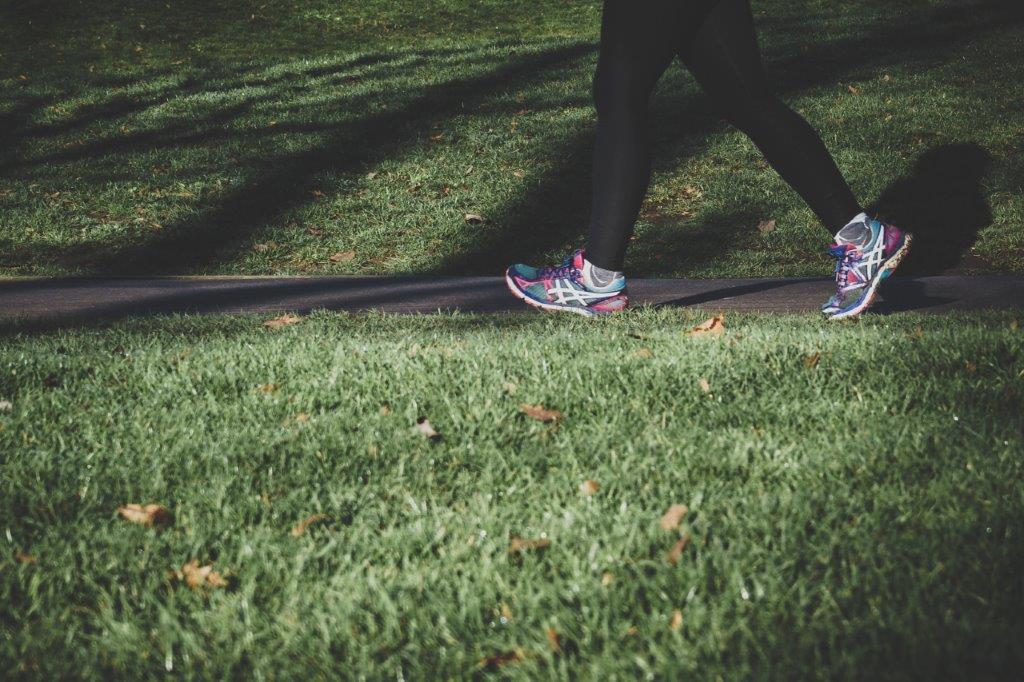Brought to you in collaboration with catch
Exercise doesn’t have to be crazy – even just an amount of walking in day will help keep bone loss, overweight, poor sleep and other nasty health concerns at bay. No matter what the intensity of exercise you prefer, remember to always dress for the occasion – and by this, I mean your shoes! As long as you match the shoes you wear to the activity you like to do, you are home free. Easier said than done? Here’s how to do it!

Walking is not running
Although you might be forgiven for thinking that the biomechanical processes involved in both walking and running are similar, you would not be correct in your assumption. While walking makes use of evenly-sized strides, with a fairly similar weight distribution across the rolling action of the foot, running has a way of creating far greater impact on the joints, thanks to the fact that you essentially jam your feet into the ground at speed, when in a running motion. So what lesson in footwear can be taken from this?
Any running shoes worth their salt should offer a decent amount of cushioning to mitigate this pattern of impact, as well as a decent amount of support around the foot, to prevent it from shifting back and forth inside the shoe and causing blisters.
“Any old shoe” does not exist
Grabbing any old pair of shoes and getting on with it is a delusional idea. Although you might think that it will save time and effort to just get a generic pair of shoes, nothing could be further from the truth. When you go out and try to find your way amongst the vast array of shoes for sale in the store, the key thing to bear in mind is the shoe’s functionality and overall support.
Even if the discounted pair at the Nike sales counter look super tempting, try to resist, and rather spend your money wisely – which means that you should rather spend it on a pair that specifically accommodates your sporting and recreational needs! You wouldn’t cycle in a dancing shoe, so don’t try to run in a hiking shoe!
Take care of your feet at all costs
Just because your running shoes are made for covering long distances, doesn’t mean you should use your favorite and trusted Nike shoes to do a five-day hike in. Yes they are light to wear and breathable, but when it comes to any technical area, or anything that involves climbing, you are going to be caught short in the wrong pair of shoes.
Manufacturers doing take the movement of the body under very specific conditions into account when designing shoes. This essentially takes the guesswork out of it, and all you need to do it is to match the type of shoe to your activity or sport. It’s all about the impact zones, as different sports result in different biomechanical processes taking place in the body. When in doubt, look for something that offers support under the bridge of your foot and around the ankles.